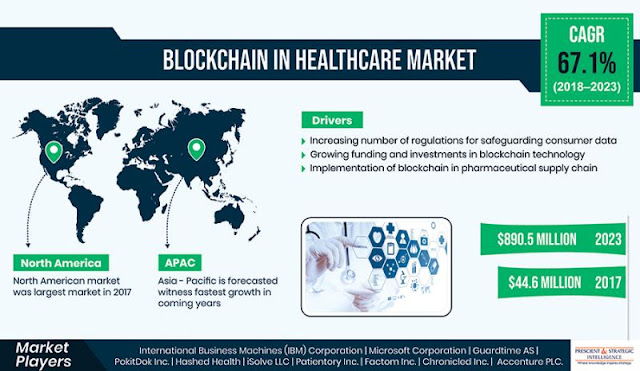What is the Projected Market Size of the Ambulatory EHR Industry?

The increasing preference for healthcare information technologies (HCITs) has led to the widescale adoption of ambulatory electronic health record (EHR) systems, globally. HCITs facilitate the secure exchange of health information between consumers, payers, and providers and enable the management of health information across all computer systems. According to the National Center for Health Statistics (NCHS) under the U.S. Centers for Disease Control and Prevention (CDC), office-based physicians, pediatricians, and gynecologists/obstetricians in the country are the largest users of HCITs. This has further stimulated the adoption of ambulatory EHR systems in the country. Governments across the world are encouraging clinics and hospitals to switch from traditional health recording systems to the electric format. For instance, the Health Information Technology for Economic and Clinical Health (HITECH) Act of the U.S. government inspires medical facilities to adopt EHR systems, with the obj

